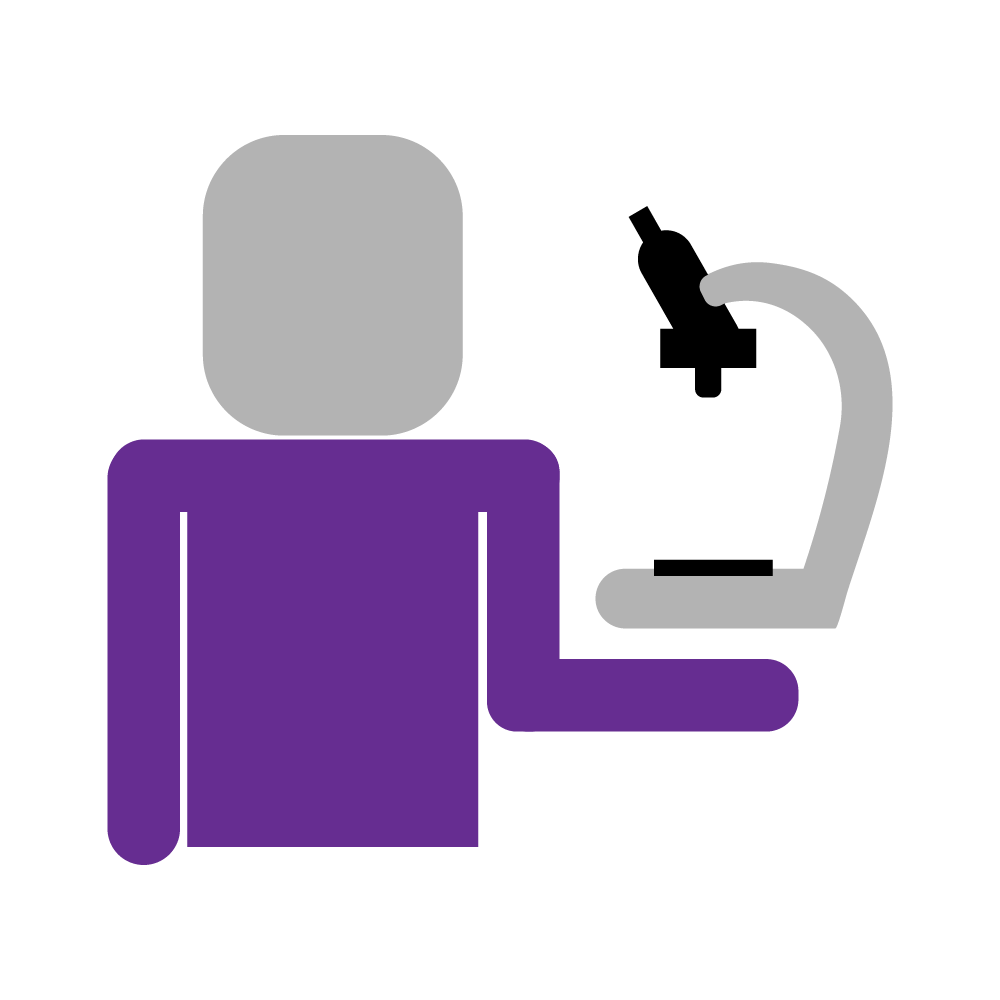Personality Types
 Advocate
INFJ
Creative, inquisitive, and dedicated nurturers. Are good at detecting others’ potential and promoting it.
Advocate
INFJ
Creative, inquisitive, and dedicated nurturers. Are good at detecting others’ potential and promoting it.
 Mediator
INFP
Adaptable, flexible and a pursuer of a better world… provided their values and beliefs are not threatened.
Mediator
INFP
Adaptable, flexible and a pursuer of a better world… provided their values and beliefs are not threatened.
16 personalities is a popular term that refers to the Myers–Briggs Type Indicator (MBTI), a personality typology model that attempts to categorize different psychological preferences into 4 main categories that can then be combined into 16 personality types.
The MBTI was created by Isabel Myers with the help of her mother, Katharine Cook Briggs. Both were already working on an instrument that would help them better understand human nature when they came across Jung’s ideas in 1923. Finding them aligned with their own work, the two drew upon the original theory by Jung to create a questionnaire that could be used to categorize 16 types of personalities.
Carl Jung’s personality types
Carl Jung first became interested in the typology of personality while trying to understand the fundamental differences between Sigmund Freud’s and Alfred Adler’s theories on the subject of depth psychology. While the first emphasized the importance of the unconscious processes to understand an individual, Adler’s focus was on understanding the person as a whole instead of focusing on a fragment of their psyche.
While trying to find a middle ground between the two theories and formulating his own in the process, Jung concluded that there were different types of personalities that influence the mindset and behavior of each individual.
In 1921, the Swiss psychiatrist published the book “Psychologische Typen”, translated in 1923 into English with the title “Psychological Types”1. In it, he lays down his findings, defending the existence of 6 types of personalities: extroverted, introverted, thinking, feeling, sensation and intuition.
The types were described in dichotomous terms: extrovert vs introvert, thinking vs feeling, and sensation vs intuition. The first two form what Jung called attitude-types and are dependent on the interests of the individual, while the remaining four fall under the category function-types. Furthermore, the author considered that the function-types could also be grouped into two categories: the rational or judging functions (thinking and feeling) and the perceiving or irrational functions (sensation and intuition).
According to Jung, each function type is also associated with an attitude type. As a result, the psychiatrist proposed a total of 8 dominant functions that can be used to explain personality.
The Myers–Briggs Type Indicator (MBTI)
Isabel Myers and Katharine Cook Briggs drew upon Carl Jung’s personality types to create the Myers–Briggs Type Indicator, adapting some of his concepts and applying a scientific methodology to the theory since the Swiss psychiatrist based his findings only on empirical analysis. The main innovation added by the MBTI is the Judging and Perceiving factors to indicate a person’s predisposition when relating to the outside world.
Myers and Briggs argue that the personality factors are in fact natural preferences. Having a particular personality type does not invalidate that the person may display opposite traits in different contexts and situations. It is not that they cannot do it, but rather that it does not come naturally to them. This concept of preference in personality is often explained using the comparison with right-handed people: they always prefer to write with their right-hand but they can also do it, albeit less skillfully, with their left hand when needed. However, with time and practice, they can become so good at it that they may change their preferred hand.
The MBTI is based on the presumption that preferences are either inherent or can be developed. This explains why some people may have different results when repeating the test in different moments of their lives.
The 16 personality types
The MBTI proposes 16 personality types by sorting the equivalent of Jung’s attitude and function factors into 4 opposite pairs. To these, Isabel Myers and Katharine Cook Briggs added the Judging (J) and Perceiving (P) factors to express the person’s preference when expressing themselves related to the outside world.
These personalities are usually referred to by the initial letter of the factors, except for Intuition for which the letter N is used to distinguish it from introversion.
Extraversion vs Introversion
In the MBTI, extraversion refers to the outside world while introversion is about the world inside ourselves.
A person is “extraverting” when they are dealing with the outside. For example, when they engage in social interactions or even when they are driving or cooking. On the contrary, they are “introverting” when they are inside their own minds, e.g. when they are thinking about a problem, when they are aware of their feelings and emotions, or when they are reading a book.
In the context of the MBTI personality types, the distinction is made by assessing the individual’s preference as well as in which world (external or internal) they more often live in.
Thinking vs Feeling
These two function types refer to the preferred way to make a decision. Thinkers tend to be rational and logical in their assessment while feelers often make a decision based on what they believe to be right or their system of values, without necessarily having a logical reason to do it.
For example, thinkers would buy a new pair of shoes because the materials are good, the price is attractive and theirs are getting old. Feelers would buy a new pair of shoes because they like them.
Making a decision often involves thinking and feeling, and “tough decisions” usually arise from a conflict between the two sides. In these cases, the dominant preference tends to take over. If the logical side wins, the person will be a T type on the MBTI scale, and if it loses then the person will be an F type.
Sensing vs Intuition
While the dichotomy of thinking vs feeling is associated with the preferred way to make decisions, sensing and intuition relate to the preferred course of action to gather data and information to make such decisions.
The sensing function is linked to a literal interpretation of the information received through the five senses (hearing, touching, seeing, tasting, and smelling). On the contrary, those who give preference to the intuitive function generate abstract possibilities from the same information and focus on the underlying meanings of the data they receive.
Both functions are used to some degree by everyone. To establish the personality type, the distinction is made depending on what type of information gathering the person trusts the most. Do they prefer to work with concrete facts or do they favor relying on their intuition even if it is not based on immediately perceived facts?
Judging vs Perceiving
These words do not carry the same meaning as in regular language. A person who prefers the factor judging is not necessarily judgemental. In the context of the MBTI and personality types, these terms are linked to the way a person lives their daily life and their attitude towards the outside world.
Those who prefer judging enjoy things neatly organized and established. By contrast, perceivers prefer things to be flexible and spontaneous. In other words, judgers want things settled (to follow a plan and a schedule) and perceivers want things open-ended (to decide as they go).
How the MBTI works
The personality types of the Myers–Briggs Type Indicator are assessed using a questionnaire. Its accuracy (although many researchers defend there is none in such an evaluation) depends on the individual’s honesty and their ability to perform a correct self-analysis.
The interpretation of the results follows a binary system, with the individuals falling on one or the other side of the spectrum of the factors, with no middle option. For example, a person can only be an extrovert or an introvert, there is no third option nor does the MBTI account for situational contexts.
Due to this binary system, the MBTI cannot and should not be used to identify possible career choices or the suitability of a person for a specific job. Likewise, this system is often criticized together with the questionnaire type of assessment because it can easily yield opposite results if a person does not offer the same exact answers when repeating the questionnaire. Nevertheless, those who defend its pertinence refer that the MBTI is designed to assess preferences and these can and often change with time.
The 16 personality types of the Myers–Briggs Type Indicator are essentially a model and a method intended to prompt a process of self-reflection. The results are not obtained by comparison to other participants but by solely evaluating the answers and the self-perception of each individual person.
By finding out which type they are and exploring the personality traits associated with it, they can learn more about themselves, their preferences, and their predispositions, which in turn can help them better understand their needs, strengths, and weaknesses.
References:
1 Jung, C. G. (1923). Psychological types; or, The psychology of individuation. London: Paul, Trench, Trubner.













